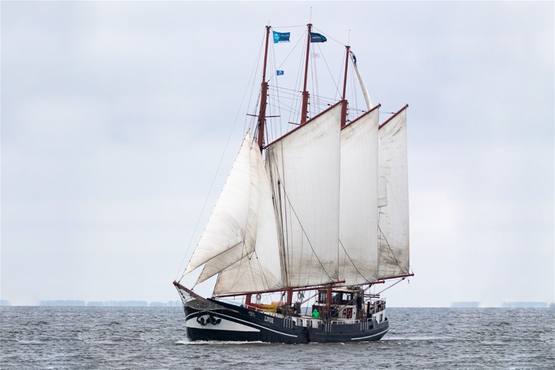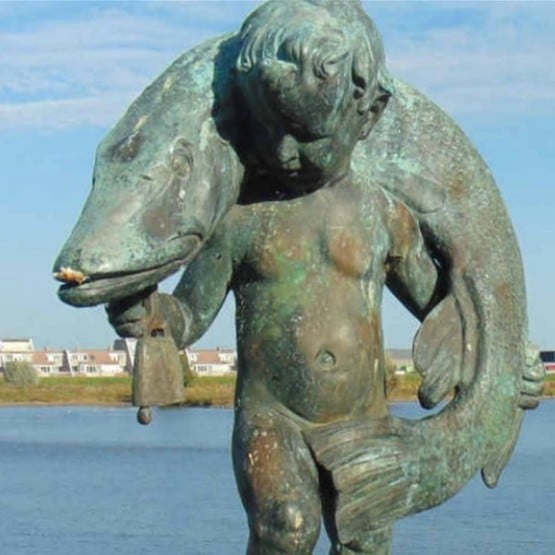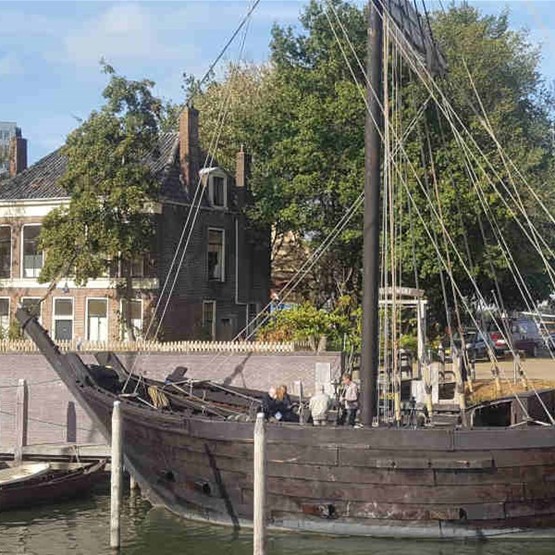
About
There used to be a city wall around the city of Kampen with a number of gates. The Cellebroederspoort (see photo), Koornmarktspoort and the Broederpoort are a reminder of this rich past. The gates are distributed around the centre.
Popular ships from Kampen
View allSights in Kampen
View allStadspoorten Kampen
The city gates of Kampen
In the 12th century the new trading place Kampen was created. It started as a small strip where the shopping street now is. In 1248 Kampen got city rights and grew into one of the most powerful trading cities in the world. In 1324 the city placed an order of no less than 12,000 bricks to defend the city with a city wall and a number of city gates. The city gates were the backdrop for the battle in June 1427 when the army of the Duke of Gelre was on plunder. A long time ago the city wall became less relevant and was taken down in large parts. Three beautiful city gates can still be found around the centre, as well as parts of the city wall.
Cellebroederspoort
The Cellebroederspoort is on the park side at the end of the road with the same name. Originally there was no city wall here, but a dirt wall to defend the city. The gate was moved in 1465 from the city canal (the Burgel) to the current location. The city then bordered to the canals, but expanded thanks to the growth of the city. The road was formerly called the Horstweg, but was named after the monastery that was built. The same thing happened with the name of the gate. The gate got its current form in the 17th century.
Koornmarktspoort
The Koornmarktspoort is the oldest of the three city gates and borders the Koornmarkt. This gate is part of the beautiful cityscape, to be admired from the IJssel. The Koornmarktspoort was plastered white for a while, but has been restored to its original state. A small hall can be found on the second floor. Before the city bridge was built, the gate provided the doorway for the economy. Opposite the gate was the dock for the ships that sailed from and to the other side. The gate has been used for, among other things, a prison and a base for soldiers.
Broederpoort
The Broederpoort is one of the three remaining city gates of Kampen. This gate is located on the park side at the end of the Broederweg. Just like the Cellebroederspoort, there was originally no city wall here, but an dirt wall. In 1465 the Broederpoort was moved to the current location. Previously it stood in the city wall at the city canal Burgel.




